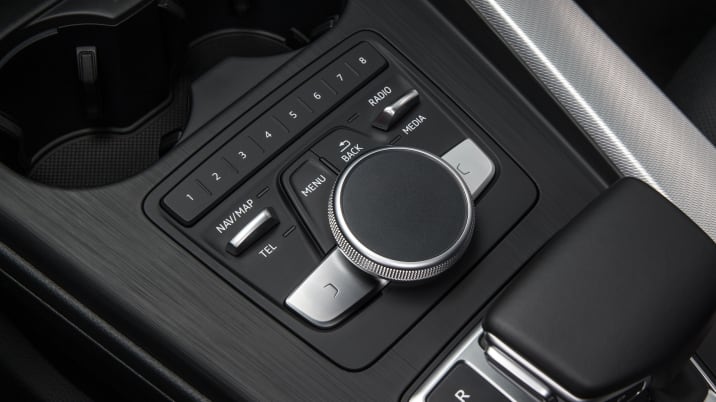If you frequently read car reviews, you’re almost guaranteed to find at least one in which the reviewer gripes about an infotainment system being hard to use and that it’s distracting. But exactly how distracting are some systems, and what about some of the tasks? That’s what the AAA Foundation for Traffic Safety set out to find with its new study. It evaluated systems from a wide array of cars and trucks, as well as several available functions, to find out which was worst.
Starting with what infotainment functions are the worst to use while driving, we weren’t very surprised to find that adjusting the audio settings were the least distracting. This may have something to do with the fact that we’ve been changing stations, inputs and volumes for decades now, and each of those tasks doesn’t take much more than one or two button presses or turning a knob. A little more surprising was that neither making a phone call nor sending a text message with the infotainment system was the most demanding. That honor (dishonor?) goes to using the navigation, and specifically entering an address. This task had the highest visual demand and distracted the driver for the longest time. The next worst tasks were texting and making phone calls.

The task itself isn’t the only distracting aspect of using an infotainment system. The interface a car’s system uses can be distracting as well. The study examined three types: controls on a center stack, voice controls, and controls down in the center console. Once again, it’s not entirely surprising that the center stack controls were the least distracting. Like with adjusting the radio, we’re simply used to pressing buttons and knobs on the center stack, whether it’s for the radio, navigation or climate controls. Interestingly, the most distracting control scheme was the center console setup. This doesn’t bode well for manufacturers such as Mazda, Audi and others that rely on a large knob in between the seats.
AAA’s conclusion to this study seems to be that automakers have some room for improvement for infotainment systems, and more complicated tasks such as manually texting, dialing numbers and inputting addresses, as well as any kind of web or social media browsing should be locked out while the car is being driven. It’s also advisable to complete tasks such as address input before actually driving.
We would also add a small caveat to AAA’s findings. An infotainment system can be a very subjective thing. A system that one person finds horribly complex and distracting, might make perfect sense to you. So it’s something that should be tried out on your own before ruling it out, probably before you start test-driving the car. If it’s tough to use, maybe consider a different vehicle. Also, while the study did allow participants to become somewhat familiar with each car before performing tests, remember that any system you try will likely become easier and less distracting the more you use it and get practice. Still, it’s smart to pick a system that’s fairly easy to pick up without prior knowledge.


